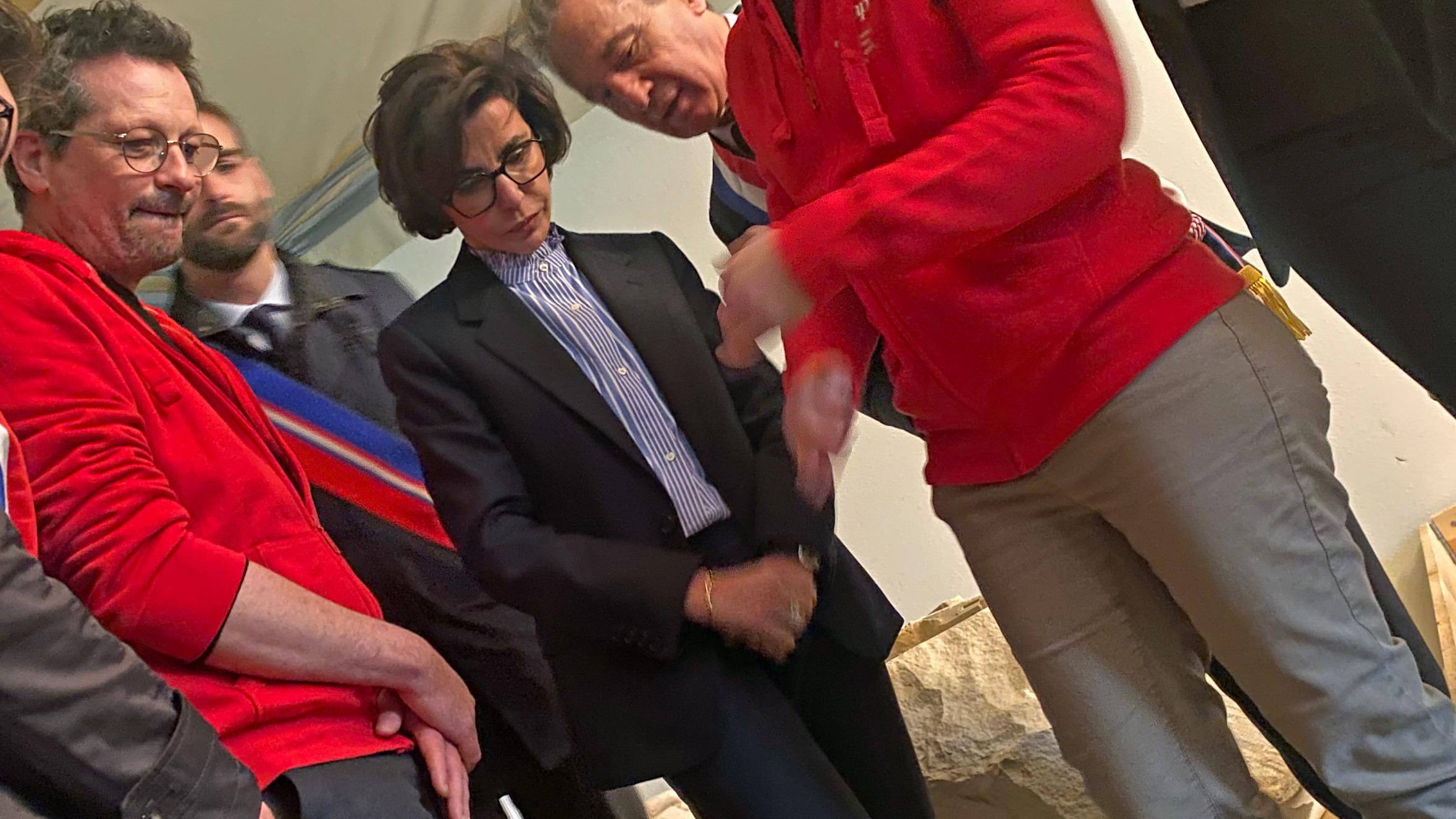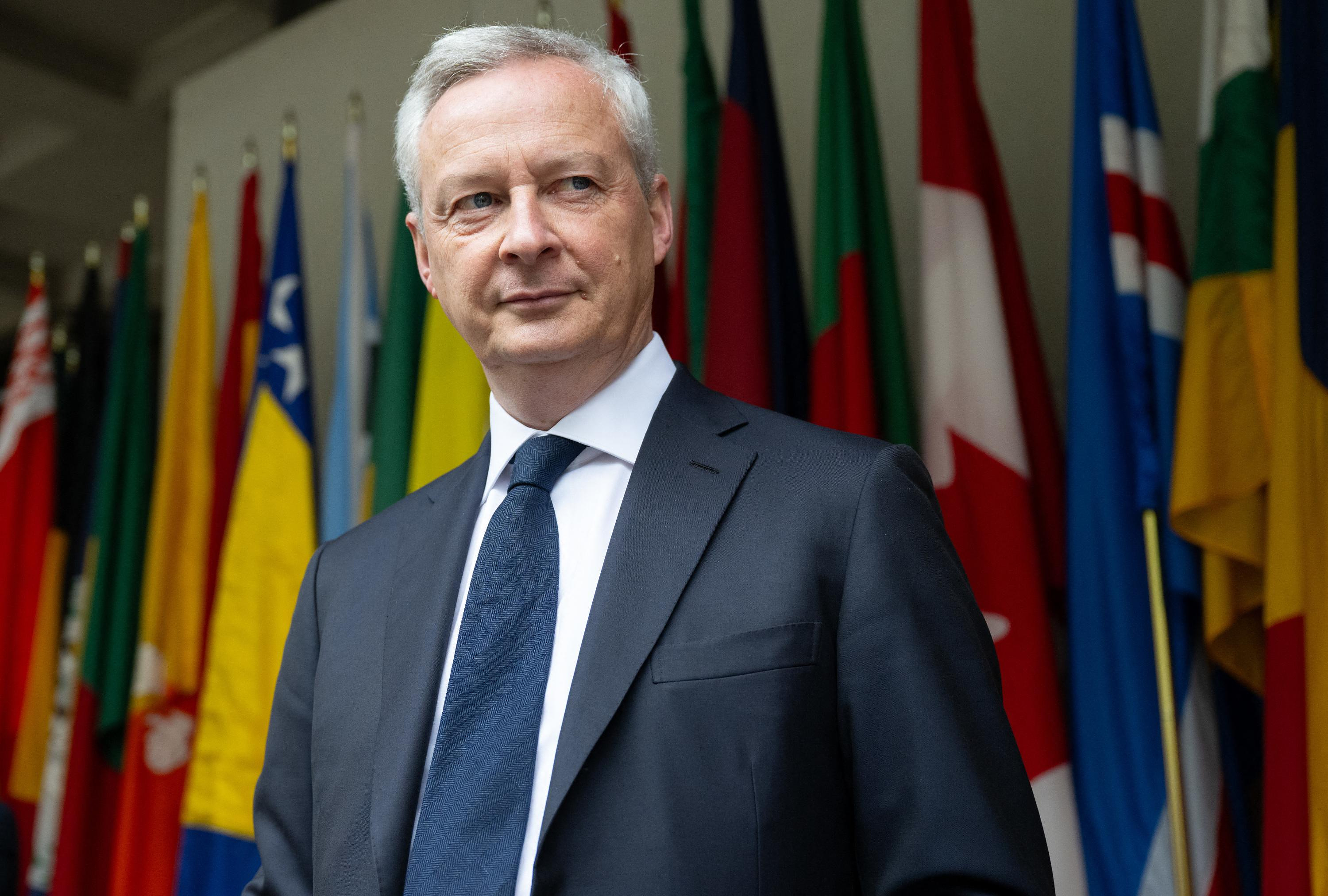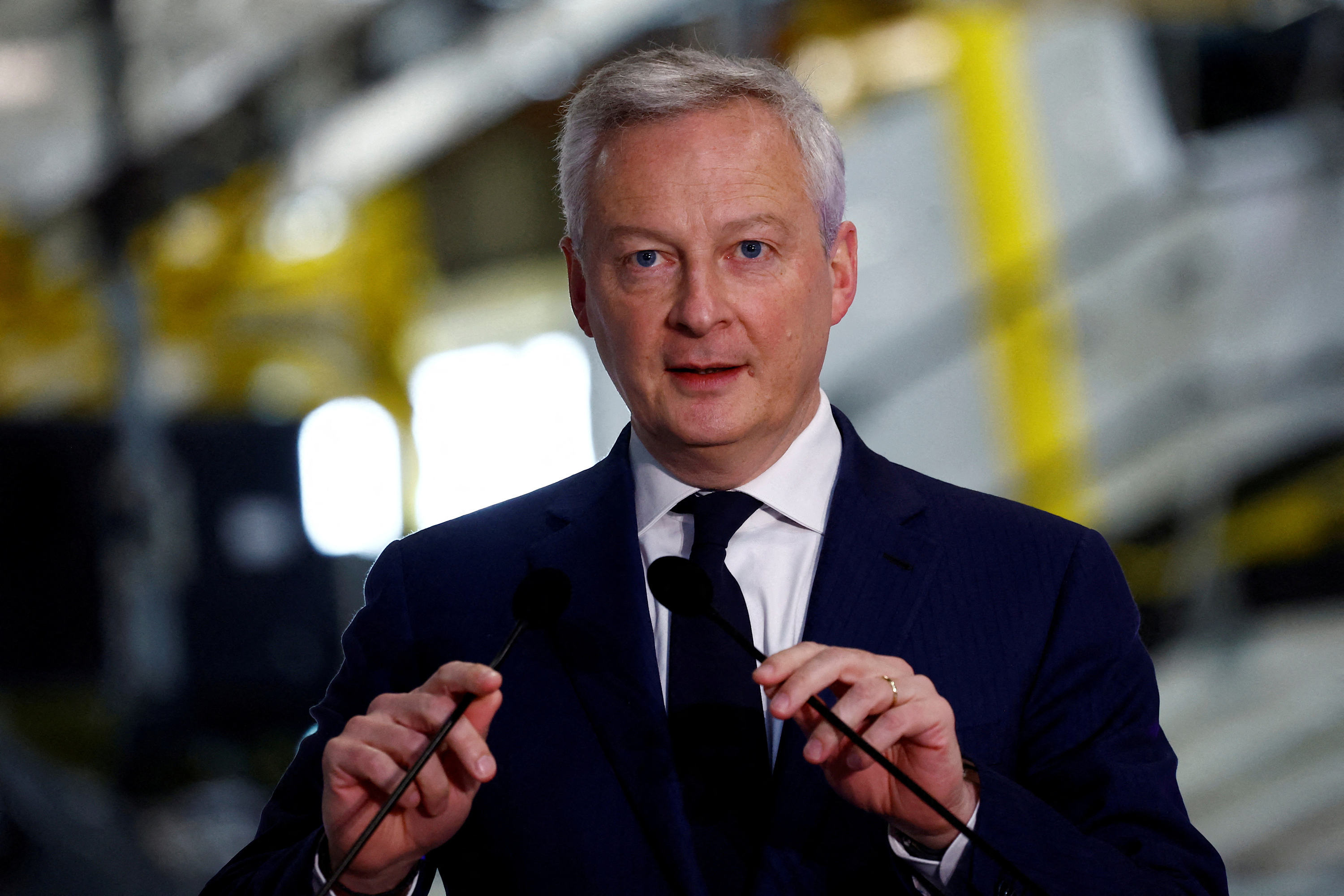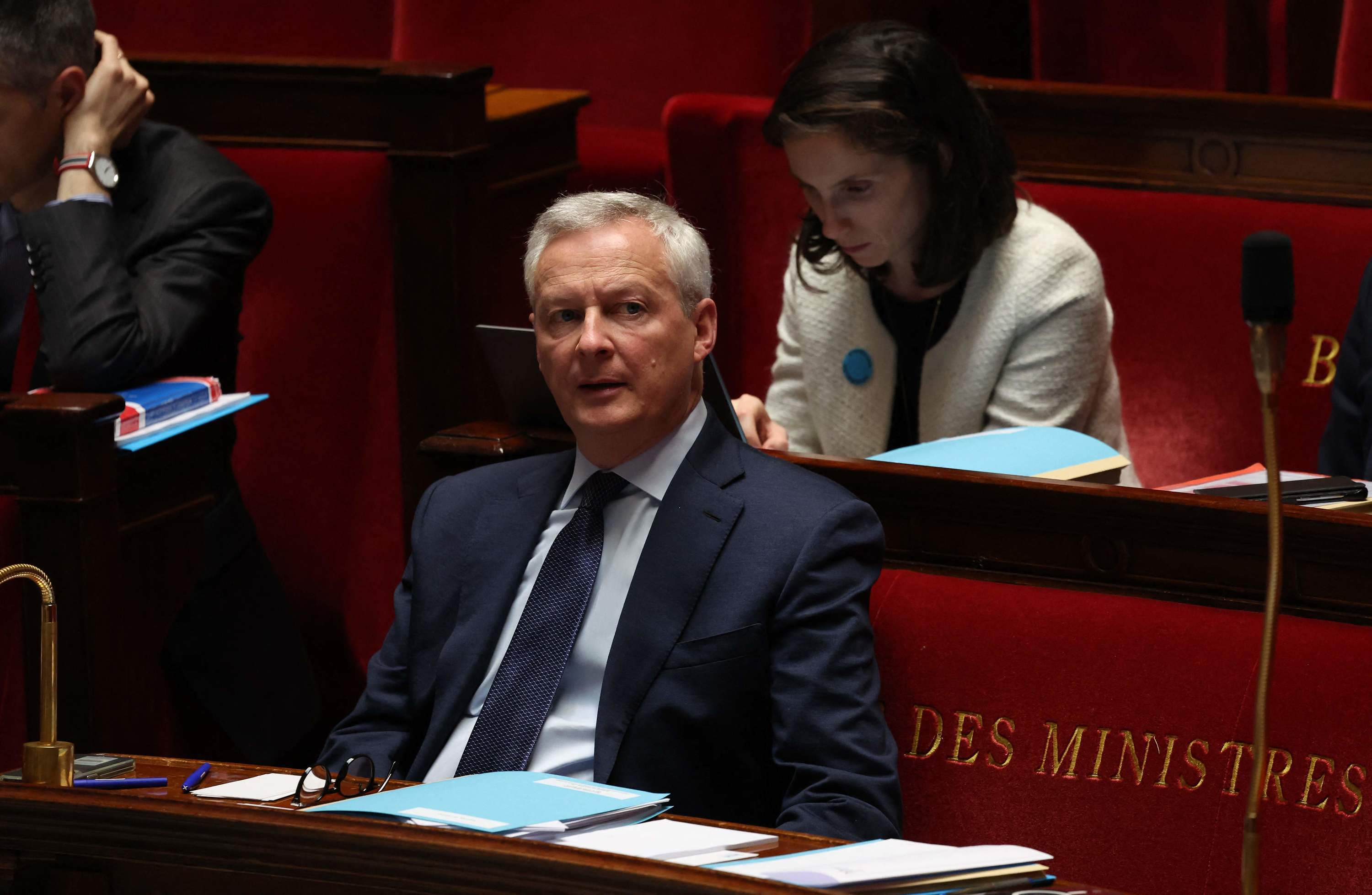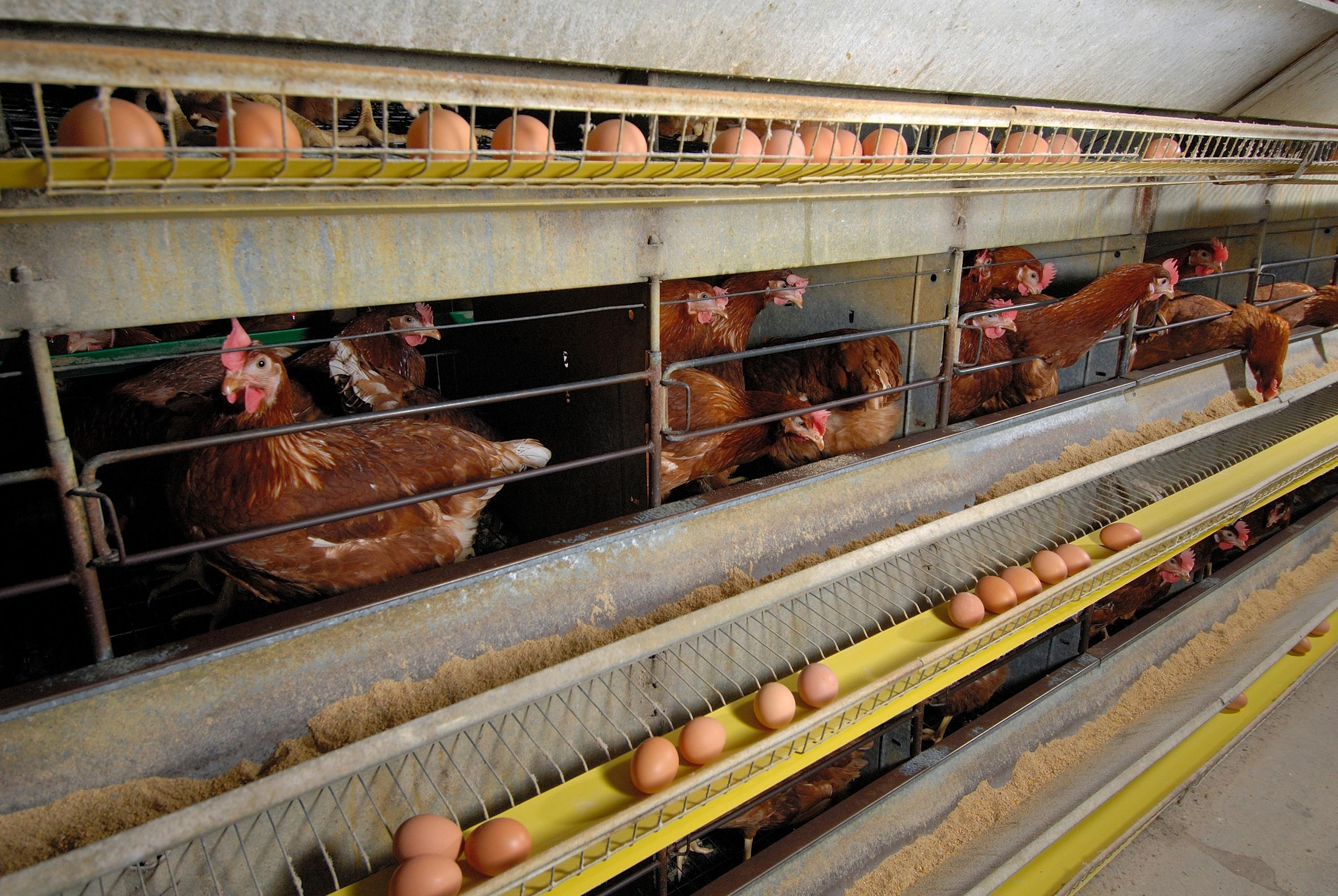An anonymous warehouse like hundreds of others in the middle of the rapeseed fields. The destination was not obvious for the Minister of Culture. However, it is in this secure and secret enclosure in the greater Parisian suburbs that some of the most beautiful treasures of Notre-Dame de Paris are kept. Rachida Dati discovered them, speechless, on Friday, guided by teams from Inrap (National Institute of Preventive Archeology), who carried out the excavations on the Île de la Cité.
Their discoveries command admiration: from the floors of the nave and the transept crossing, just a few centimeters below the paving, archaeologists have extracted no less than 1035 elements of the medieval rood screen which separated, until the 17th century, the nave from the choir. This immense Parisian limestone partition was entirely sculpted and depicted the Passion of Christ. However, with the exception of a handful of elements taken by Viollet-le-Duc and presented at the Louvre, the trace of almost the entirety of this 13th century ensemble was lost. “From an architectural and artistic point of view, the elements of the rood screen that we found are the counterpart of the three portals of the facade,” exclaims Christophe Besnier, who led the excavation site with Hélène Civalleri.
Also read: With Inrap, the French discover their “heritage of tomorrow” according to Dominique Garcia
Arranged in wooden boxes for the most important pieces (up to 400 kilos) and sometimes simple padded plastic boxes for the most fragile elements, we discover here a majestic decorated gable, there small feet with each of the fingers sculpted (the sculptor's fantasy because the public certainly could not see them at the time). Even more impressive: many pieces, which have not yet been cleared of their matrix of sand and sediment, present colors of remarkable freshness. An immense carmine drape, the painted pupils and eyebrows of a face and, everywhere, these large areas of blue decorated with golden stars which served as decorations for the scenes.
In front of the minister, Philippe Jost, who supervises the reconstruction of the cathedral, and Dominique Garcia, president of Inrap, do not hide their pride and display their complicity: the preventive excavations carried out in the nave before the installation of the scaffolding 100 meters high and 700 tonnes were certainly four times longer than expected but the discoveries are exceptional. Of the 840 million collected for reconstruction, less than 6 million were devoted to this part of the program which includes not only the extraction of pieces but also surveys, the study of materials, the conservation of artifacts including the stabilization of fragile colors of the rood screen sculptures. And the whole will be made available to the State, which will be responsible for exhibiting it in the future, probably in the future museum of the Work of Notre-Dame de Paris.
Archeology and heritage, hand in hand? The opportunity was ripe for Rachida Dati to clarify her statements from two weeks ago. During a trip to the Château de Dampierre, the minister hoped that in the future preventive excavations for works would be limited to “essential requirements” and that “exemptions would be possible”. I prefer “to put money into restoring heritage rather than digging a hole for a hole,” she said. The outing had bristled the rather discreet environment of archaeologists and particularly at Inrap, “your Inrap, Madam Minister”, repeated its director general Daniel Guérin.
In front of archaeologists, Rachida Dati assured Friday that there was no question of modifying the law and the rules governing preventive excavations. “On the contrary,” she insisted. Of course, local elected officials or private owners can be hindered in their projects by the architects of French buildings or archaeologists. But their work is necessary for our history, for our culture. And their essential mission.” “There is no reason to oppose heritage and archaeology, ever,” insisted the minister before launching an invitation to those who worked on the Notre-Dame excavations. “I want to see all the teams, to thank them. I don’t want anyone to be forgotten.” Message transmitted.

 What is chloropicrin, the chemical agent that Washington accuses Moscow of using in Ukraine?
What is chloropicrin, the chemical agent that Washington accuses Moscow of using in Ukraine? Poland, big winner of European enlargement
Poland, big winner of European enlargement In Israel, step-by-step negotiations for a ceasefire in the Gaza Strip
In Israel, step-by-step negotiations for a ceasefire in the Gaza Strip BBVA ADRs fall almost 2% on Wall Street
BBVA ADRs fall almost 2% on Wall Street Sánchez cancels his agenda and considers resigning: "I need to stop and reflect"
Sánchez cancels his agenda and considers resigning: "I need to stop and reflect" The Federal Committee of the PSOE interrupts the event to take to the streets with the militants
The Federal Committee of the PSOE interrupts the event to take to the streets with the militants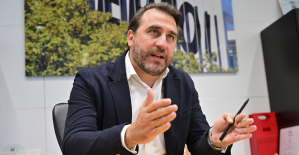 Repsol: "We want to lead generative AI to guarantee its benefits and avoid risks"
Repsol: "We want to lead generative AI to guarantee its benefits and avoid risks"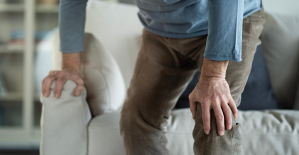 Osteoarthritis: an innovation to improve its management
Osteoarthritis: an innovation to improve its management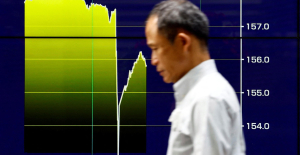 The yen jumps 3% then falls again, amid speculation of Japanese intervention
The yen jumps 3% then falls again, amid speculation of Japanese intervention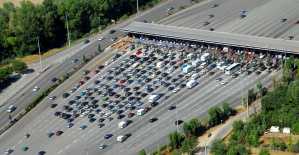 A very busy Friday on the roads of Île-de-France before the Ascension Bridge
A very busy Friday on the roads of Île-de-France before the Ascension Bridge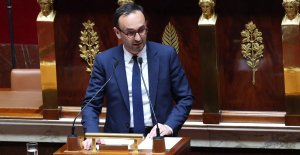 Fraud: the government is preparing new measures for the fall
Fraud: the government is preparing new measures for the fall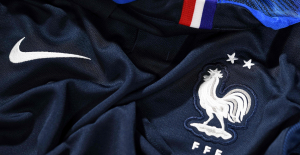 Nike breaks the bank to keep the Blues jersey
Nike breaks the bank to keep the Blues jersey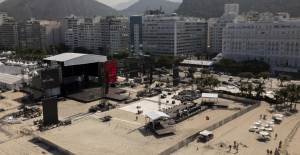 Madonna ends her world tour with a giant - and free - concert in Copacabana
Madonna ends her world tour with a giant - and free - concert in Copacabana Harry Potter: Daniel Radcliffe “really saddened” by his final breakup with J.K. Rowling
Harry Potter: Daniel Radcliffe “really saddened” by his final breakup with J.K. Rowling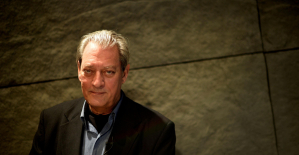 Leviathan, New York Trilogy... Five books by Paul Auster that you must have read
Leviathan, New York Trilogy... Five books by Paul Auster that you must have read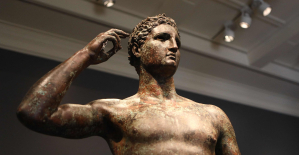 Italy wins a decisive round against an American museum for the restitution of an ancient bronze
Italy wins a decisive round against an American museum for the restitution of an ancient bronze Omoda 7, another Chinese car that could be manufactured in Spain
Omoda 7, another Chinese car that could be manufactured in Spain BYD chooses CA Auto Bank as financial partner in Spain
BYD chooses CA Auto Bank as financial partner in Spain Tesla and Baidu sign key agreement to boost development of autonomous driving
Tesla and Baidu sign key agreement to boost development of autonomous driving Skoda Kodiaq 2024: a 'beast' plug-in hybrid SUV
Skoda Kodiaq 2024: a 'beast' plug-in hybrid SUV The home mortgage firm rises 3.8% in February and the average interest moderates to 3.33%
The home mortgage firm rises 3.8% in February and the average interest moderates to 3.33% This is how housing prices have changed in Spain in the last decade
This is how housing prices have changed in Spain in the last decade The home mortgage firm drops 10% in January and interest soars to 3.46%
The home mortgage firm drops 10% in January and interest soars to 3.46% The jewel of the Rocío de Nagüeles urbanization: a dream villa in Marbella
The jewel of the Rocío de Nagüeles urbanization: a dream villa in Marbella Europeans: a senior official on the National Rally list
Europeans: a senior official on the National Rally list Blockade of Sciences Po: the right denounces a “drift”, the government charges the rebels
Blockade of Sciences Po: the right denounces a “drift”, the government charges the rebels Even on a mission for NATO, the Charles-de-Gaulle remains under French control, Lecornu responds to Mélenchon
Even on a mission for NATO, the Charles-de-Gaulle remains under French control, Lecornu responds to Mélenchon “Deadly Europe”, “economic decline”, immigration… What to remember from Emmanuel Macron’s speech at the Sorbonne
“Deadly Europe”, “economic decline”, immigration… What to remember from Emmanuel Macron’s speech at the Sorbonne These French cities that will boycott the World Cup in Qatar
These French cities that will boycott the World Cup in Qatar Mercato: Verratti at Barça? A track studied
Mercato: Verratti at Barça? A track studied Rugby: after the defeat during the Six Nations, the Blues will meet the English in September for a test match
Rugby: after the defeat during the Six Nations, the Blues will meet the English in September for a test match Premier League: Liverpool unveils its new jersey for next season
Premier League: Liverpool unveils its new jersey for next season Formula 1: Alpine holds its new executive technical director
Formula 1: Alpine holds its new executive technical director